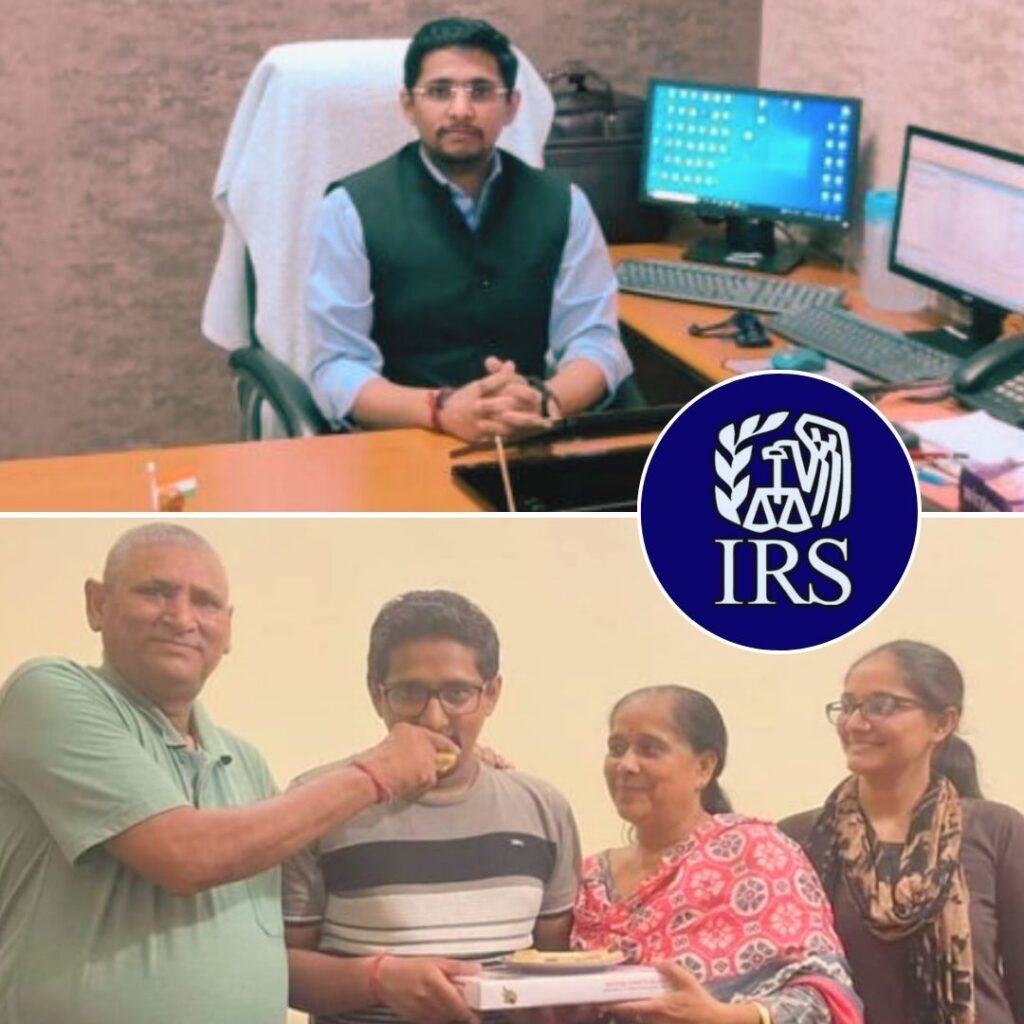Poverty and hunger are the primary causes of worry for India, according to the National Institute of Transforming India (NITI) Aayog’s report on the Sustainable Development Goals (SDGs) for 2019-20.
According to the report, most states failed to tackle poverty and hunger and performed badly compared to 2018.
The SDGs were set in 2015 by the United Nations General Assembly with 2030 as the target year. In India, the NITI Aayog had launched the SDG Index 2019-20 on December 30, 2019.
NITI Aayog is a government institution which devises policies, prepares vision documents, and implements pilot projects. The index aims to track the progress of all the States and Union Territories (UTs) on a set of 100 National Indicators which measures their progress based on the implementation of various central government schemes.
The Sustainable Development Goals are a collection of 17 global goals which, if achieved, is expected to bring about a better and more sustainable future for all.
According to the report, India has improved its composite score from 57 in 2018 to 60 in the Sustainable Development Goals Index 2019-20. The performance of different states on the index ranged from 50 to 70, with Kerala ranking the best and Bihar ranking the worst. The latest report shows worrisome reversing trends in several states.
Poverty
India’s score on the goal of achieving ‘no poverty’ fell to 50 on a target of 100 in 2019, from 54 in 2018. When compared to the last report (December 2018), the latest report shows that poverty has increased in 22 of the 28 states in the past year. It has increased most in Bihar and Odisha, with Punjab and UP also catching up.
As per the Tendulkar Committee estimates in 2011-12, 21.92 per cent of the Indian population lives below the poverty line. Six states and six UTs have already achieved the national target of reducing the poverty rates to below 10.95 per cent by 2030.
28.7 per cent of households have at least one member covered under a health insurance or health care scheme. The national target is to cover all households in India by 2030.
36.4 per cent of the eligible beneficiaries receive social protection benefits under maternity benefits as per NFHS-4.
The national target is full coverage by 2030. No State or UT has achieved this target, yet.
4.2 per cent of the households live in kutcha houses. The target for 2030 is to have no household residing in a kutcha house. Among the States and UTs, the highest percentage of households living in kutcha houses is in Arunachal Pradesh (29 %) and Jammu & Kashmir (4.30 %), respectively.
Hunger
Most of the states scored between 22 and 76 while the union territories between 12 and 73. While Goa and Chandigarh were top-performers among all states and union territories, 20 states and three union territories scored less than 50.
The report states that food wastage and loss are a major concern. Nearly 40 per cent of the fruits and vegetables and 30 per cent of cereals that are produced worldwide are lost due to inefficient supply chain management and do not reach the consumer market.
40.5 per cent children aged 6 â 59 months are anaemic (Hb<11.0 g/dl) in India. The aim is to reduce this to 14 per cent by 2030 which is the rate of prevalence of anaemia among children (percentage of children under 5) in high-income countries in 2016.
Three States: Nagaland, Manipur, and Kerala have already crossed the set target with children anaemic rates at 8, 10, and 12.5 % respectively.
33.4% children aged 0 to 4 years are underweight in India. The target is to reduce this to 0.9 per cent by 2030 which is the prevalence rate
of underweight among children (percentage of children under 5 years) in high-income countries in 2017.
Sikkim is the best-performing State, at 11 % followed by Mizoram at 11.30 %
India currently produces 2,516.67 kg of agricultural produce of rice, wheat, and coarse cereals from one Ha of land annually.
The target is to double this by 2030 to 5,033.34 kg/ Ha. While no State has achieved this target yet, Punjab and Andhra Pradesh are nearing the targeted productivity with current levels at 4,169.67 kg/Ha and 3,917.50 kg/Ha respectively.
Good Health and Well-being And Education
Most of the states and UT fared well in this category with 11 states and two UTs scoring 65 and above and 13 states and seven UTs scoring between 50-62. The worst performers were Assam, Bihar Uttar Pradesh, and Nagaland all scoring below 50. Kerala and Puducherry topped this category with scores of 82 and 71.
The indicators studied here included maternal mortality rate, the proportion of institutional deliveries, immunisation rate, HIV incidence, the prevalence of tuberculosis, use of modern family planning methods and availability of trained medical practitioners.
Maternal Mortality Ratio (MMR) stands at 122 per 1,00,000 live births. The UN target is to reduce it to 70 per 1,00,000 live births by 2030.
Three states- Kerala, Maharashtra, and Tamil Nadu have achi…











